
Opinions
16:12, 16-Nov-2018
Opinion: Pacific islands value China cooperation, see no threat
Updated
16:06, 19-Nov-2018
By Wang Peng
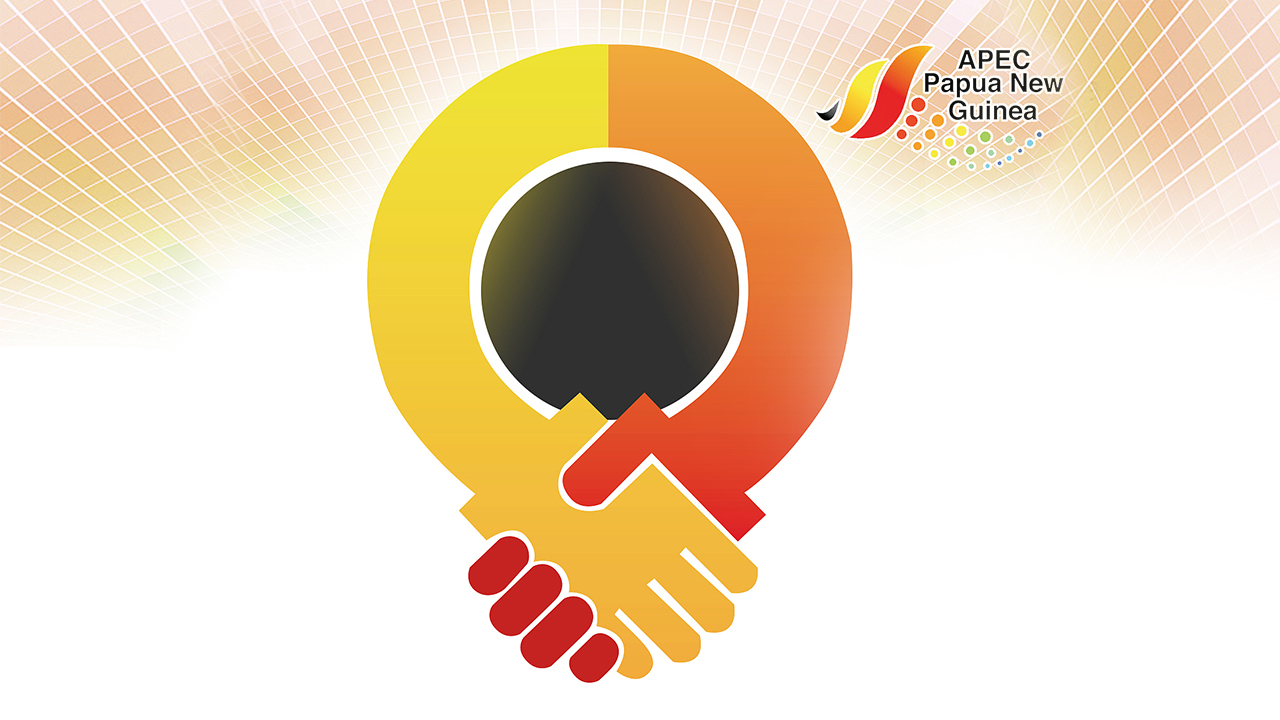
Editor's note: Wang Peng is an associate researcher at Chongyang Institute for Financial Studies, Renmin University of China and a researcher at the Charhar Institute. The article reflects the author's opinion, and not necessarily the views of CGTN.
The 2018 Asia-Pacific Economic Cooperation (APEC) Economic Leaders' Week is taking place from November 12-18 in Port Moresby, Papua New Guinea.
In response to the hospitable invitations from Papua New Guinea Governor General Bob Dadae and Prime Minister Peter O'Neill, Brunei's Sultan Hassanal Bolkiah and Philippines President Rodrigo Duterte, Chinese President Xi Jinping is making state visits to the three countries from November 15 to 21.
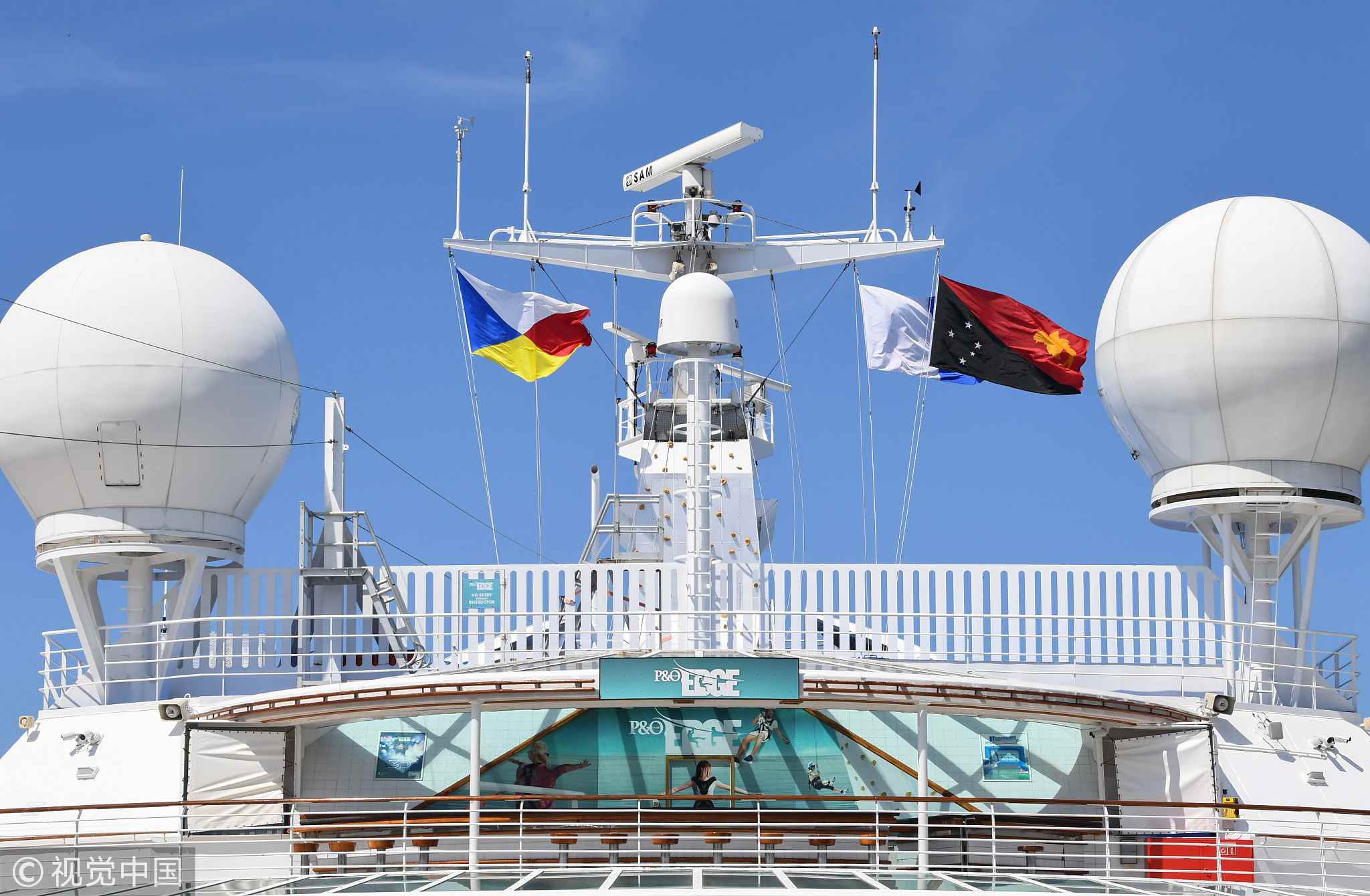
P&O Pacific Explorer cruise ship, one of the three ships chartered to support PNG's historic hosting of APEC 2018 in Port Moresby, Papua New Guinea, November 14, 2018. /VCG Photo
P&O Pacific Explorer cruise ship, one of the three ships chartered to support PNG's historic hosting of APEC 2018 in Port Moresby, Papua New Guinea, November 14, 2018. /VCG Photo
It is the first time that President Xi will make state visits to the three nations. During his stay in Papua New Guinea, “home to the birds of paradise,” President Xi is also attending the 26th APEC Economic Leaders' Meeting and meeting with leaders of Pacific island countries that have established diplomatic ties with China.
BRI and China-PNG cooperation
China and Papua New Guinea established their diplomatic relations in 1976. Since then, as President Xi states, “our two countries have treated each other with respect and as equals, and have pursued mutual benefit and win-win cooperation. Our relationship has stood the test of changing international circumstances and stayed as strong as ever”.
In the past five years, it is obvious that China has been paying a growing attention to the (South) Pacific islands countries (PIC). Papua New Guinea (PNG), as the largest and most populous one, is often regarded as China's “pivot strategic partner” among all the eight PICs that have established diplomatic ties with China.
As a land of great promise, PNG is rich in natural resources but lacks development. How to explore its enormous potential for development and change the living standard of locals is a serious and urgent issue in front of the country's government.
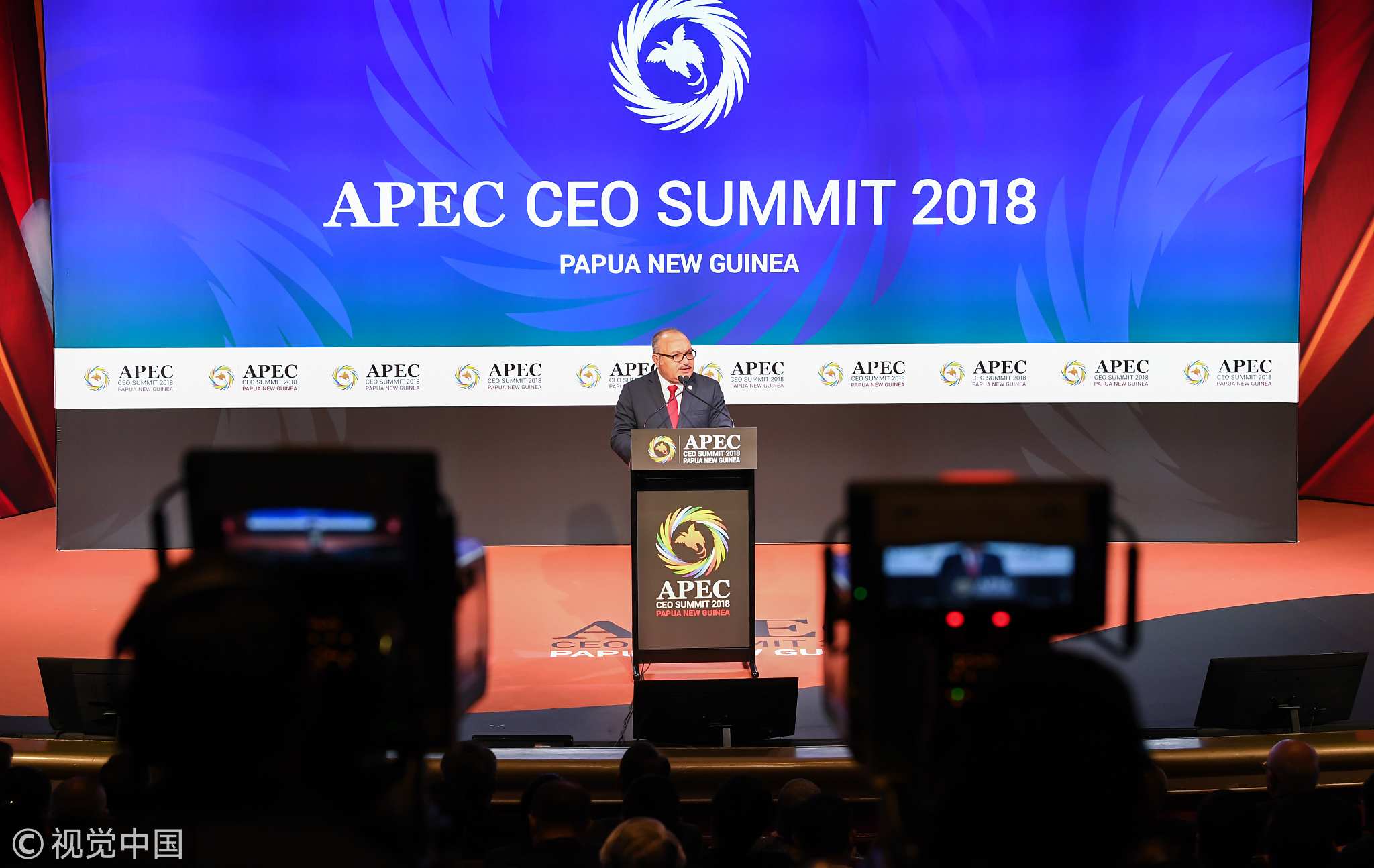
Papua New Guinea's Prime Minister Peter O'Neill speaks at the start of the APEC CEO Summit in Port Moresby, Papua New Guinea. November 16, 2018. /VCG Photo
Papua New Guinea's Prime Minister Peter O'Neill speaks at the start of the APEC CEO Summit in Port Moresby, Papua New Guinea. November 16, 2018. /VCG Photo
During the past decades, the great leadership of PNG adopted pragmatic policies to promote economic development, encourage industries and enterprises, strengthen international trade ties with other economies in the Pacific rim, and hence reduce poverty effectively.
PNG's achievements in poverty reduction and economic-social development have been widely recognized and praised by the international community. To hold the 2018 APEC meeting will also turn over a new leaf of PNG history.
So how can the Pacific nation enlarge its advantage and continue this “strategic opportunity of APEC?"
A considerable answer and proposal from China is the ongoing Belt and Road Initiative (BRI), from which a robust economic cooperation line is now stretching from China' coastal cities, from Shanghai to Ningbo to Quanzhou, Xiamen, Fuzhou in Fujian Province, and then to Shenzhen, Hong Kong, Guangzhou in Guangdong, Beihai in Guangxi Zhuang Autonomous Region, and Haikou in Hainan Province, through the most vibrant economic zone of ASEAN and Australia, as well as a group of Pacific island countries such as PNG and New Zealand, and finally interconnecting with the South American Continent.
This unprecedented branch of a 21st-century maritime “silk road” is beyond any of its counterparts in the contemporary world, and it has never occurred in the history of human marine navigation.
Acknowledging this deep geo-economic background, it is safe to say that President Xi' s visit will further strengthen China's ties with PNG and other Pacific island countries dramatically.
Opportunity rather than a threat
As the closest neighbor of PNG, Australia has been one of its most significant international partners. An article published on The Guardian claimed that China's aid to Papua New Guinea threatened Australia's influence. Is China and PNG's (BRI) cooperation really a “threat” to Australia's national interest or “regional sphere?" Australia gives its own wise answer.
As Australian Foreign Minister Marise Payne stressed during her visit to China last month, both China and Australia have ample reasons and strong motives to develop their bilateral ties in strategic and economic aspects. And as Chinese State Councilor and Foreign Minister Wang Yi added, the first step is the mutual trust building between them.
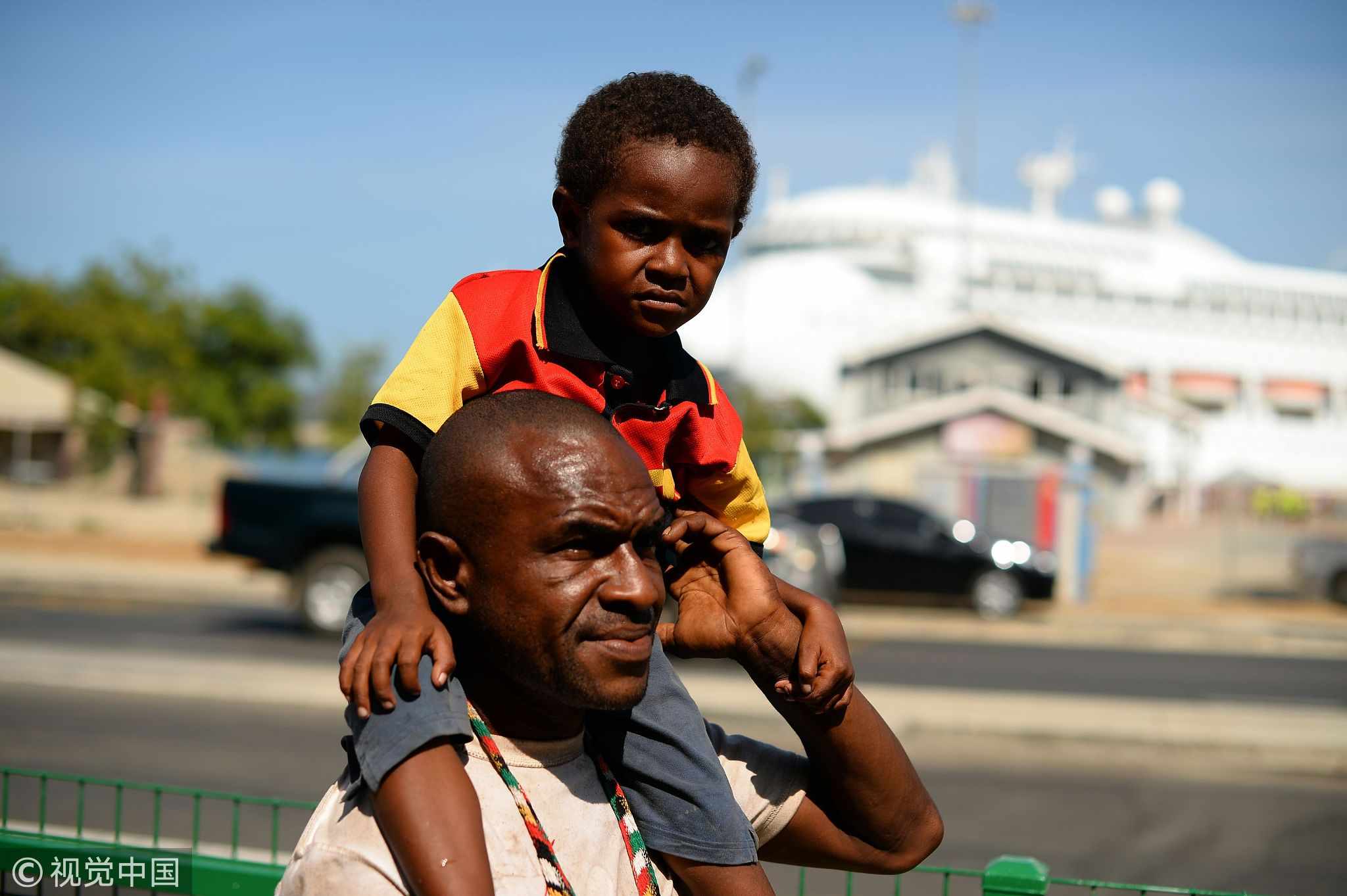
A Papuan villager carries his son on his shoulders in downtown Port Moresby, November 13, 2018. /VCG Photo
A Papuan villager carries his son on his shoulders in downtown Port Moresby, November 13, 2018. /VCG Photo
After a short period of apathy in the era of Malcolm Turnbull, the former prime minister of Australia, both sides have begun to clearly recognize the strong emphasis of their cooperation in regional security, development, world order maintenance, as well as sticking to the doctrine of multilateralism, especially in the current era of increasing isolationism and economic nationalism.
Therefore, the real situation is quite different from the argument proposed by The Guardian article that Australia is getting increasingly nervous and anxious about the rising Chinese economic and political influence in the South Pacific region, which is regarded as Australia's exclusive backyard or “private garden.”
In fact, both Beijing and Canberra are making every effort to explore a new and better framework to accommodate their common concerns in a series of key regional affairs.
More specifically, in the issue of PIC cooperation with extra-territorial economies, such as China, ASEAN, America and the rest, Australia is also trying to employ a more tolerant and open-minded mindset to adapt to the external elements and utilize the potential and opportunities.
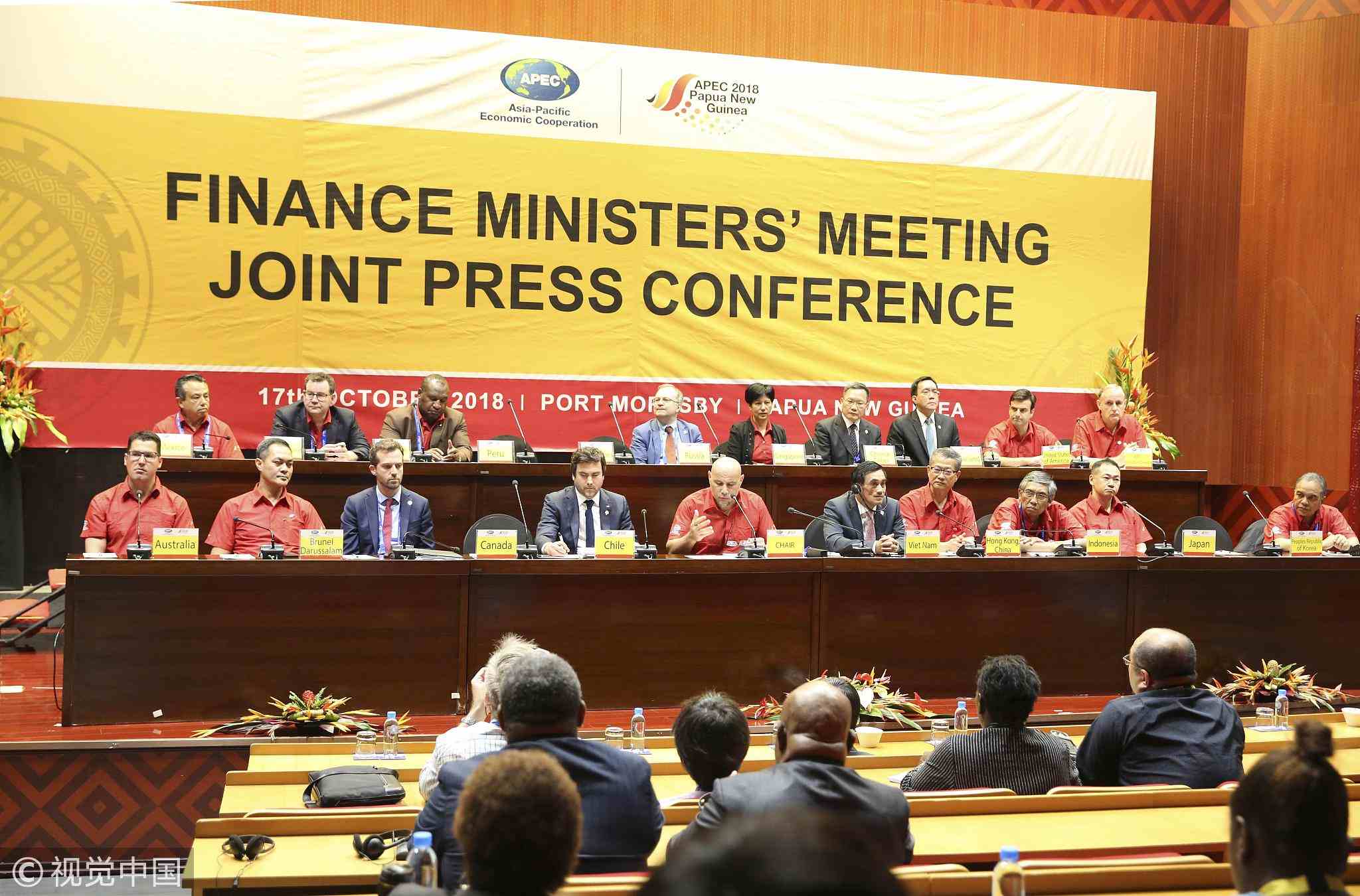
The 25th APEC Finance Ministers' Meeting was held in Port Moresby, Papua New Guinea, October 17, 2018. /VCG Photo
The 25th APEC Finance Ministers' Meeting was held in Port Moresby, Papua New Guinea, October 17, 2018. /VCG Photo
As a result, China is satisfied with Australia's constructive and cooperative conducts.
As China repeatedly explains, the normal development of its relations with the South Pacific island countries does not affect the relations between these countries and other countries. The cooperation between China and those countries is always transparent and open to the world.
As a result, China and Australia substantially do not have conflicts in the South Pacific region. As responsible great powers, they are both duty-bound to work together to conduct trilateral cooperation based on the needs of the South Pacific island countries, in order to help them achieve the UN 2030 Sustainable Development Goals at an early date.
China's BRI and Australia's plan to develop its northern region also create great opportunities for all participants.
In conclusion, BRI cooperation between China and the Pacific islands creates opportunities rather than a threat for all the participants, as well as their neighbors in the Pacific Rim.
(If you want to contribute and have specific expertise, please contact us at opinions@cgtn.com.)

SITEMAP
Copyright © 2018 CGTN. Beijing ICP prepared NO.16065310-3
Copyright © 2018 CGTN. Beijing ICP prepared NO.16065310-3